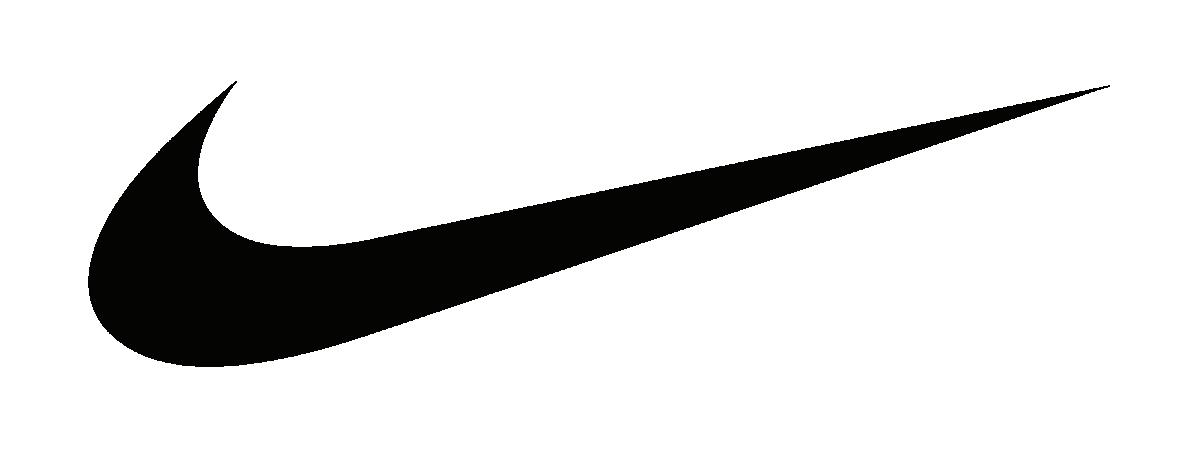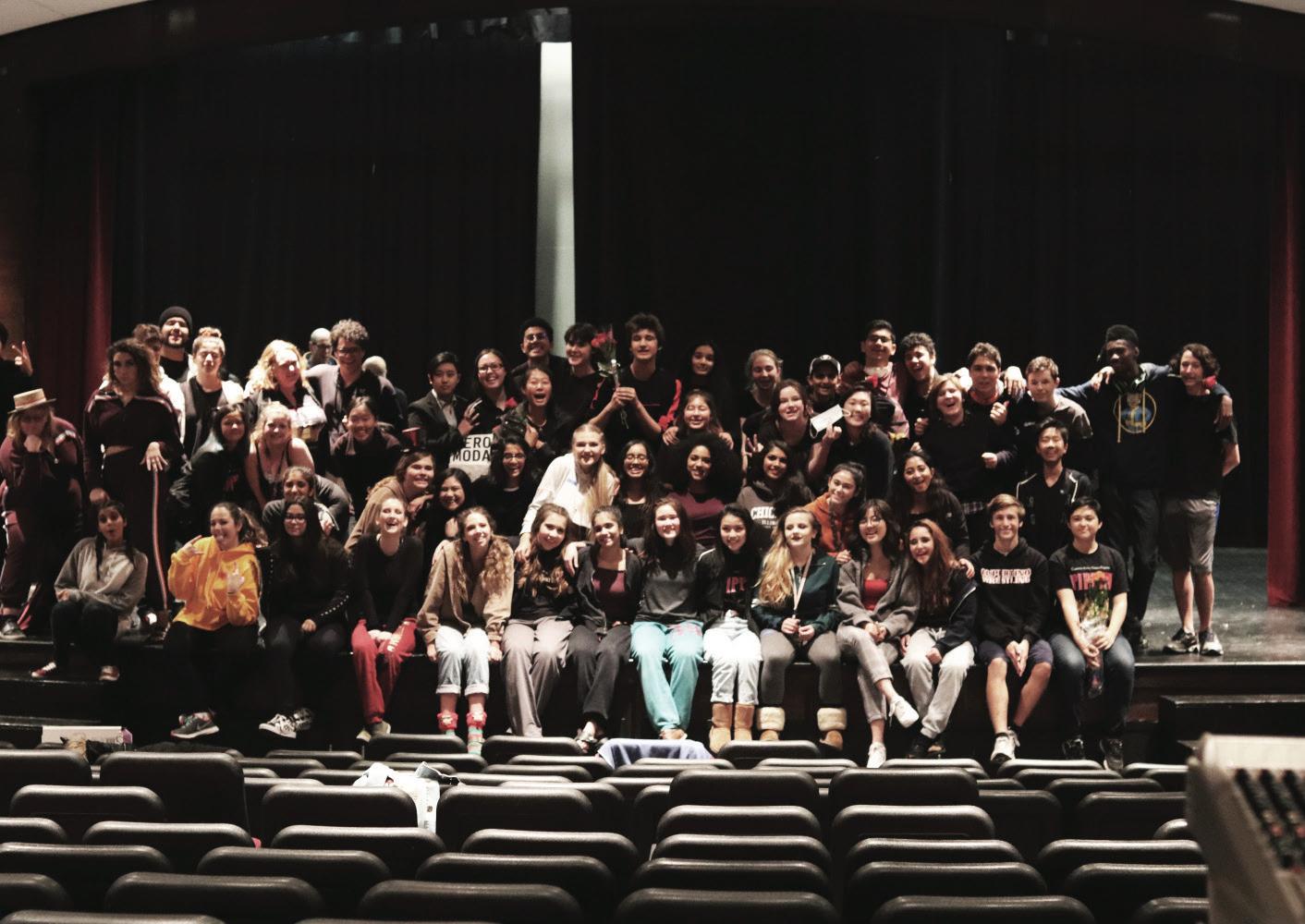
9 minute read
Big Companies Using Child Labor
from Issue 6 - May 2020
ANKITA ACHARYA investigations editor
Slave labor feels like a thing of
Advertisement
the past, something we learn about in history class and wonder how humanity allowed it to happen. However, many of the companies that pro
vide products that are staples of our daily lives are building their fortunes on the backs of slaves who work for free or are paid pennies by the hour.
Worldwide, there are currently 48.5 million people who are enslaved. This slavery ranges from widely known forms such as sex trafficking to scarcely paid labor for some of the largest companies we shop from today including Nestle, Nike, Starbucks, H&M, and Walmart.
Corporate greed is the reason that slave labor is so commonly used. The less money companies pay their laborers, the more money they retain. They are then able to make products cheaper, encouraging consumer purchasing, and increasing their profits. Laborers are also often women and children (85% of sweatshop workers are young women according to feminist.org), demographic groups that have harder times finding paying jobs and are easily exploited
because of the cietal conditions in different
coun -
tries. Within companies, people are
forced to work 12-hour days for mere pennies. Companies also fail to provide any form of worker protection or
insurance benefits. The conditions within these sweatshops cause a dangerous working environment, often resulting in injuries for the employees.
It’s not just the listed companies that use slave labor: in fact, it’s the vast majority of today’s companies. A scoring system from KnowTheChain uses worker conditions, hiring practices, environmental impact, and worker pay to calculate a company’s cleanliness score. They calculated that the average score out of 100 for
100 companies was a startlingly low 37.
Unfortunately, a large reason that this issue continues to be prevalent
is because of a continued market for the products of slave labor. There are currently relatively few companies that make clean products. Because these companies engage in environmentally safe practices and treat their workers well, the costs of their goods are higher than inhumanely produced products, thereby discouraging consumer spending. This cycle has the potential to drive humane companies out of business and increase the number of manufacturers that resort to slave labor to maintain profits.
As long as people continue to buy products of slave labor, these com
panies will continue to turn a profit and will have no incentive to change their practices. If you have the financial means to do so, you can support slavery-free companies by only buy
ing from them. By buying from these companies you are not only ensuring their continued production of clean products as well as reducing the market for products of slavery.
The last action that everyone has the ability to take is activism. This issue of slave labor is relatively unknown and people continue to unknowingly perpetuate it by buying products produced by slaves. Activism can range anywhere from raising awareness to staging boycotts; anything and everything has the potential to make a difference.
As with every other issue, for widespread change to be made, there first has to be grassroots support. We can take this step by spreading the word and reducing our own slavery footprints. An ideal future would be one in which manufacturers ethically employ workers and none of the products in our daily lives are the consequences of human misery.

JUST DO IT


RUri KODAMA SENIH OKUYUCU CUPERTINO HIGH SCHOOL’s VERY OWN AWARD WINNING DEPARTMENT DRAMA ARCADIA CONRAD SHOWS clue ranked Wrinkle In Time underwold Pippin out of hand our town


KENNETH JEON writer

With the 2019-2020 school year, the Cupertino Actors The
ater has brought two shows to the stage: the first being the comedic murder-mystery, Clue, in fall, and the second being the newly minted satire, Ranked, in spring. CAT began the year with Clue, a classic murder-mystery with a humorous spin, making for both a contained quintessential stage-play premise in which actors could personalize unique characters, as well as a more offbeat performance that emphasized an atmosphere of lightheartedness. Clue’s unconventional approach to its traditional story proved an exercise in tone and humor, through which CAT’s actors could flex their comedic talents while maintaining a personal style and complexity with their performances of each character. In contrast to the more classical nature of a story like Clue, CAT’s second show took a slightly darker, more experimental direction. Cupertino High School was one of the first schools in the country to present Ranked, a new musical which tells the story of a dystopian world in which academic grades define each student’s societal worth. As one of
five high schools performing
the show in the 2019-2020
year, the story of Ranked seems to hold special rel
evance to Tino. Aside from the general competitiveness of the school and others like it in Silicon Valley, the show’s premier closely followed the college admission scandal of last year, which involved several schools from California and the Bay Area. CAT’s production of Ranked aimed to create a sense of scope, with prominent world-building elements, such as the towering scoreboard that publicly displays each student’s grade, being essential to the show’s atmosphere and ultimate message. Across these two shows, CAT actors and technicians encountered many opportunities to utilize a wide variety of theatre skills and abilities, ranging from nuanced performances finding balances between humor and drama, to creating expansive sets and immersive stories that serve to establish a deep connection with the audi
CAT
RURI
For Junior Ruri Kodama, CAT is an avenue to express her pas
sion for singing, dancing and acting. Kodama joined CAT in her sophomore year because it seemed like an exciting opportunity to work with like-minded peers. Said Kodama, “I had a coufor CAT at the end of my freshman year.”
Ruri has participated in CAT’s
productions of “Pippin,” “Clue”
and “Ranked” and has taken on the crucial roles of lead actor, choreographer, and dance captain, so she has been through the process of putting on a show
ple of friends who were already many times. This process con
in CAT, and it just seemed like sists of auditions, rehearsals,
a lot of fun, especially the and the infamous “hell week”.
shows that were being pro Said Kodama, “What was sup
duced. I had already been posed to happen before the
doing theatre outside of school cancellation was tech
school, starting around 3rd week, where we would stay un
or 4th grade. I autil 9 o’clock with full costume,
ditioned full makeup, full hair, lights, and sound, and we would just run the show over and over again.” “Tech week is usually what we call ‘hell week’ because you don’t get much “ But, it always came together in the end

sleep, you’re tired and it’s stressful. Sometimes
there are moments of doubt about whether something will come together. But, it always comes together in the end.” All of this hard work is worth it for Kodama when the show hits the Robert L. Gomez Theatre.
Said Kodama, “It is nerve-wracking when I’m on
stage. A lot of things go through my mind when I look at the audience and see friends and families. I want to put on the best show possible so that people will be able to have a good time. On the last day of performances, we have to strike out. We clear the entire stage, take down the set, and then have a super late cast party at Denny’s.” Out of all the CAT productions Kodama has been in, her favorite is “Clue.” S a i d
Kodama, “’Clue’ is
light and funny, and it’s based
on the childhood game, so I definitely
reminisced over it. We were proud to bring this beau
tiful show together, and we got closer through the ups and downs. As a lead, I learned how to do comedy, which is out of my comfort zone, as I am typically more of a dramatic actor. I learned that there are beats to
help deliver a line and to make it funny. And I learned what lines are funny in the first place.”
AASHNA SHAH writer
“I’ve always been an outgoing person and from a very young age I knew that I wanted to act at some point in my life. High school gave me that opportunity, so I took it as soon as I knew it was there. To this day it’s one of the best decisions I’ve ever made,” said Junior Senih Okuyucu, when asked about why he joined CAT. As an actor and technician, Okuyucu has been involved in CAT in various ways. Said Okuyucu, “I’m one of the more experienced technicians in the class, meaning I help out with a lot of different things, including set design, sound, lights, and anyone else who might need help with something. I’ve learned to sing, dance, act, communicate with others, leadership, set design, set building, using power tools, cutting wood, sound design, sound engineering, lighting, and I could keep going.” Having been involved in the productions of “Little Shop,” “Our Town,” “Pippin,” “Wrinkle in Time,” “Clue” and “Ranked,” Okuyucu has a lot of experience with preparing for a show. Said Okuyucu, “Preparing for a show is a very unique process. Some people get really loud, some get really quiet, but everyone is nervous. I like to keep myself busy before a show, so you can usually find me double checking the sound, making sure everything’s in place, but always calm. I like to keep the atmosphere light, and sometimes I’ll listen to music. But again, it’s different for everyone.” When asked about “hell week,” Okuyucu responded, “Honestly my schedule is pretty much the same except for the famous ‘hell week’. The week before we open, rehearsal lasts until at most 10, and we run the entire show every day for 5 days straight. It’s hell, but it’s a necessary step closer to excellence.” “CAT is my safe space at school. I’m almost always looking forward to rehearsal after school, and I just love spending my free time Senih
there. The best part about CAT for me is the opportunity to expand my skill set. I don’t know where I’d be without the program.”









